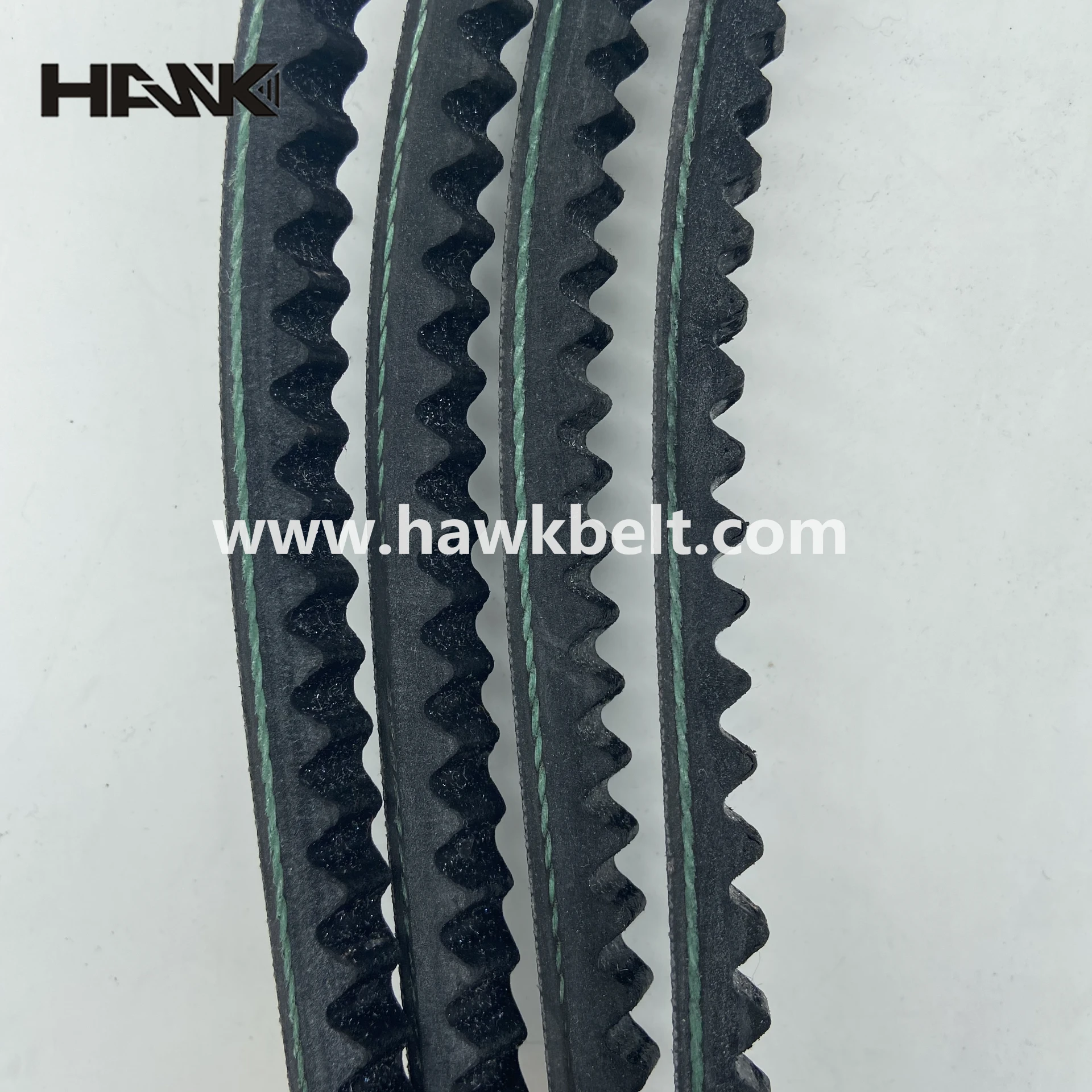- Arabic
- French
- Russian
- Spanish
- Portuguese
- Turkish
- Armenian
- English
- Albanian
- Amharic
- Azerbaijani
- Basque
- Belarusian
- Bengali
- Bosnian
- Bulgarian
- Catalan
- Cebuano
- Corsican
- Croatian
- Czech
- Danish
- Dutch
- Afrikaans
- Esperanto
- Estonian
- Finnish
- Frisian
- Galician
- Georgian
- German
- Greek
- Gujarati
- Haitian Creole
- hausa
- hawaiian
- Hebrew
- Hindi
- Miao
- Hungarian
- Icelandic
- igbo
- Indonesian
- irish
- Italian
- Japanese
- Javanese
- Kannada
- kazakh
- Khmer
- Rwandese
- Korean
- Kurdish
- Kyrgyz
- Lao
- Latin
- Latvian
- Lithuanian
- Luxembourgish
- Macedonian
- Malgashi
- Malay
- Malayalam
- Maltese
- Maori
- Marathi
- Mongolian
- Myanmar
- Nepali
- Norwegian
- Norwegian
- Occitan
- Pashto
- Persian
- Polish
- Punjabi
- Romanian
- Samoan
- Scottish Gaelic
- Serbian
- Sesotho
- Shona
- Sindhi
- Sinhala
- Slovak
- Slovenian
- Somali
- Sundanese
- Swahili
- Swedish
- Tagalog
- Tajik
- Tamil
- Tatar
- Telugu
- Thai
- Turkmen
- Ukrainian
- Urdu
- Uighur
- Uzbek
- Vietnamese
- Welsh
- Bantu
- Yiddish
- Yoruba
- Zulu
Dis . 12, 2024 11:56 Back to list
mower v belts
Understanding Mower V Belts A Comprehensive Guide
Mowers are an essential tool for maintaining the health and appearance of lawns and gardens. While many homeowners take pride in their lush, well-manicured yards, few consider the intricate machinery that makes this possible. One of the key components of a lawn mower is the V belt. This article will delve into what mower V belts are, their importance, and how to maintain and replace them.
What is a Mower V Belt?
A V belt is a type of mechanical power transmission belt that is used in various applications, including lawn mowers. The name “V belt” comes from its trapezoidal cross-section, which resembles the letter V. This design allows the belt to fit snugly into the grooves of a pulley, providing efficient transmission of power from the engine to the mower's cutting deck and other components.
Mower V belts are typically made from rubber or a rubber composite, which offers flexibility, durability, and resistance to wear and tear. They are engineered to handle the high levels of friction and heat generated during operation. Because they serve as a crucial link in the power transmission chain, any issues with the V belts can lead to reduced mower performance or even complete failure.
Importance of Mower V Belts
The primary role of mower V belts is to transfer power from the engine to the mower's blades. When the engine runs, the V belt spins, moving the blades at high speeds to cut grass efficiently. If a V belt is worn, frayed, or broken, the mower may struggle to cut grass evenly or may not start at all. This can lead to a frustrating experience for the user and potentially damage the mower's engine or other parts.
Moreover, the condition of the V belt affects the overall efficiency of the mower. A worn belt can lead to slippage, which prevents the blades from reaching their optimal cutting speed. This not only results in uneven cuts but can also lead to increased fuel consumption and higher operational costs.
Signs of a Worn or Damaged V Belt
To ensure your mower continues to perform at its best, it’s essential to keep an eye out for signs of wear and tear on the V belt. Common indicators that a V belt may need to be replaced include
1. Fraying or Cracking Look for visible signs of damage on the belt’s surface. Any fraying, cracks, or missing chunks indicate that the belt may need to be replaced.
mower v belts

2. Slipping If the mower blades do not spin as quickly as they should or if you notice a decrease in cutting power, this may be due to a slipping V belt.
3. Noise An unusual squeaking or grinding noise during operation can signal that the V belt is not functioning correctly.
4. Smoke or Burning Smell If you notice smoke or a burning smell while operating the mower, it may be due to excessive friction from a worn belt.
Maintaining and Replacing Mower V Belts
Regular maintenance of mower V belts is crucial for optimal performance. Here are some tips to keep your V belts in good condition
- Clean Regularly Remove any debris, grass clippings, or dirt from around the belt and pulleys to prevent buildup that can lead to wear.
- Check Tension Ensure the belt is properly tensioned. A loose belt can slip, while one that is too tight can lead to premature wear.
- Inspect Frequently Make it a habit to inspect the V belt for signs of damage, especially before mowing season.
When it comes to replacement, it’s essential to use the correct size and type of V belt specified by the mower's manufacturer. Installing the wrong belt can lead to functional issues and potentially damage the mower.
Conclusion
In conclusion, mower V belts play a crucial role in the functionality of lawn mowers. By understanding their importance and keeping an eye on their condition, you can ensure that your mower operates smoothly and efficiently, providing you with the perfect lawn all season long. Regular maintenance and timely replacement of V belts will not only extend the life of your mower but also enhance its performance, allowing you to tackle any mowing job with confidence.
-
Korean Auto Parts Timing Belt 24312-37500 For Hyundai/Kia
NewsMar.07,2025
-
7PK2300 90916-T2024 RIBBED BELT POLY V BELT PK BELT
NewsMar.07,2025
-
Chinese Auto Belt Factory 310-2M-22 For BMW/Mercedes-Benz
NewsMar.07,2025
-
Chinese Auto Belt Factory 310-2M-22 For BMW/Mercedes-Benz
NewsMar.07,2025
-
90916-02660 PK Belt 6PK1680 For Toyota
NewsMar.07,2025
-
drive belt serpentine belt
NewsMar.07,2025

